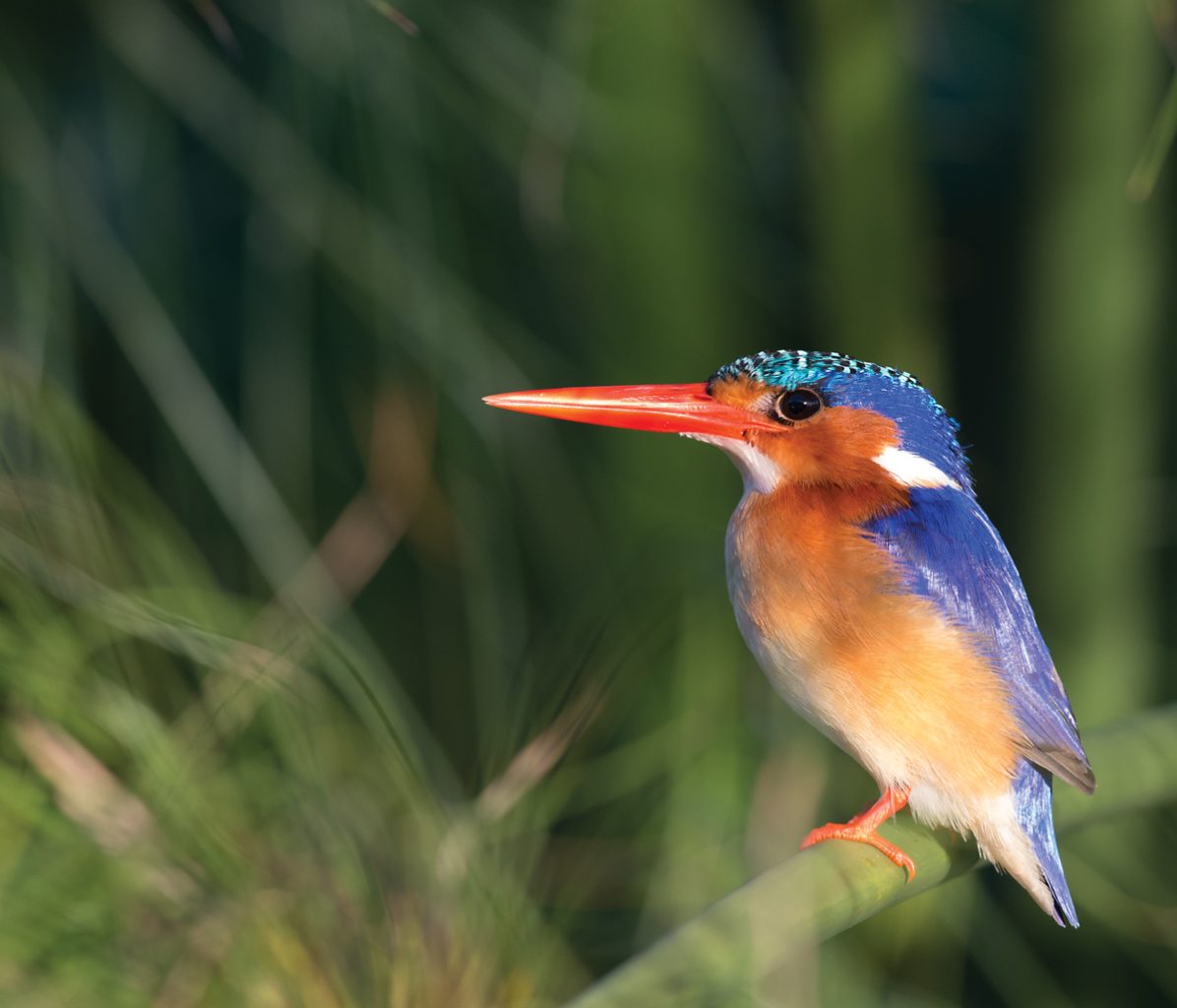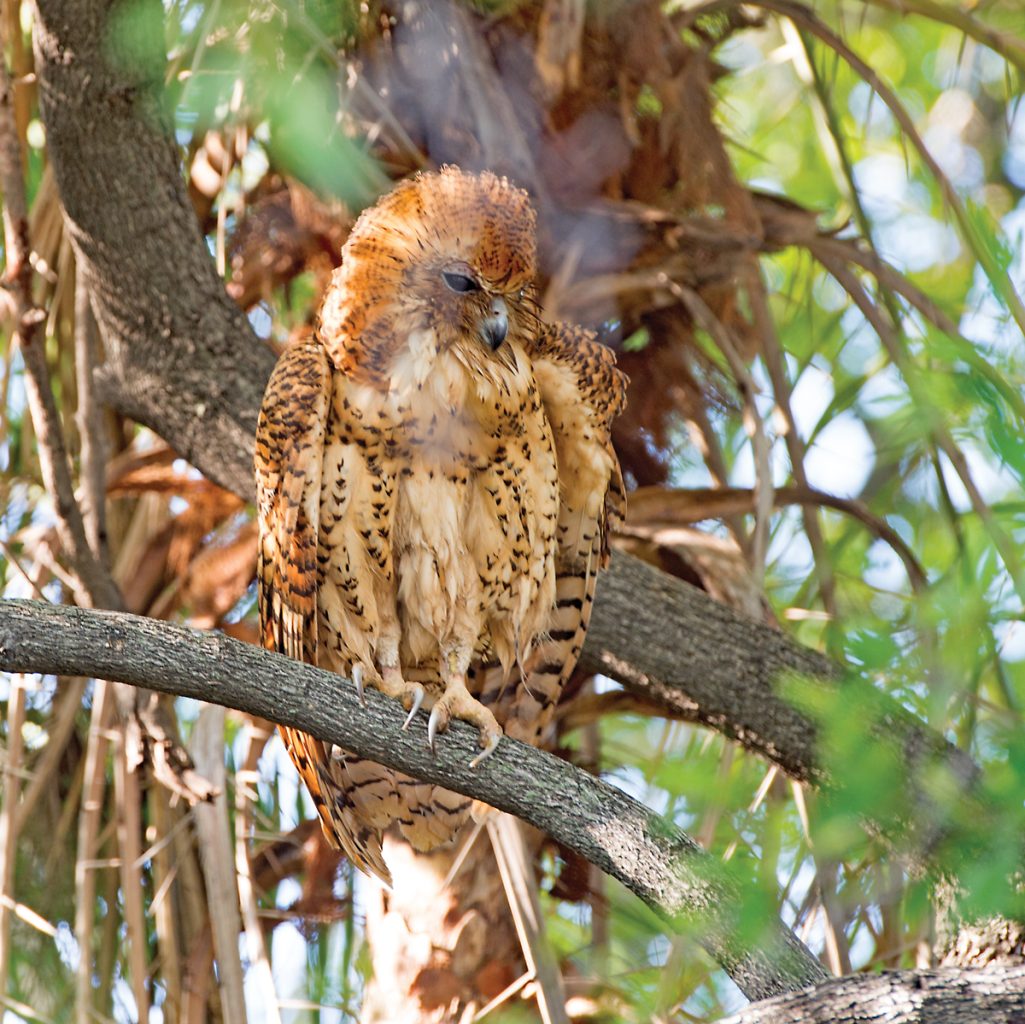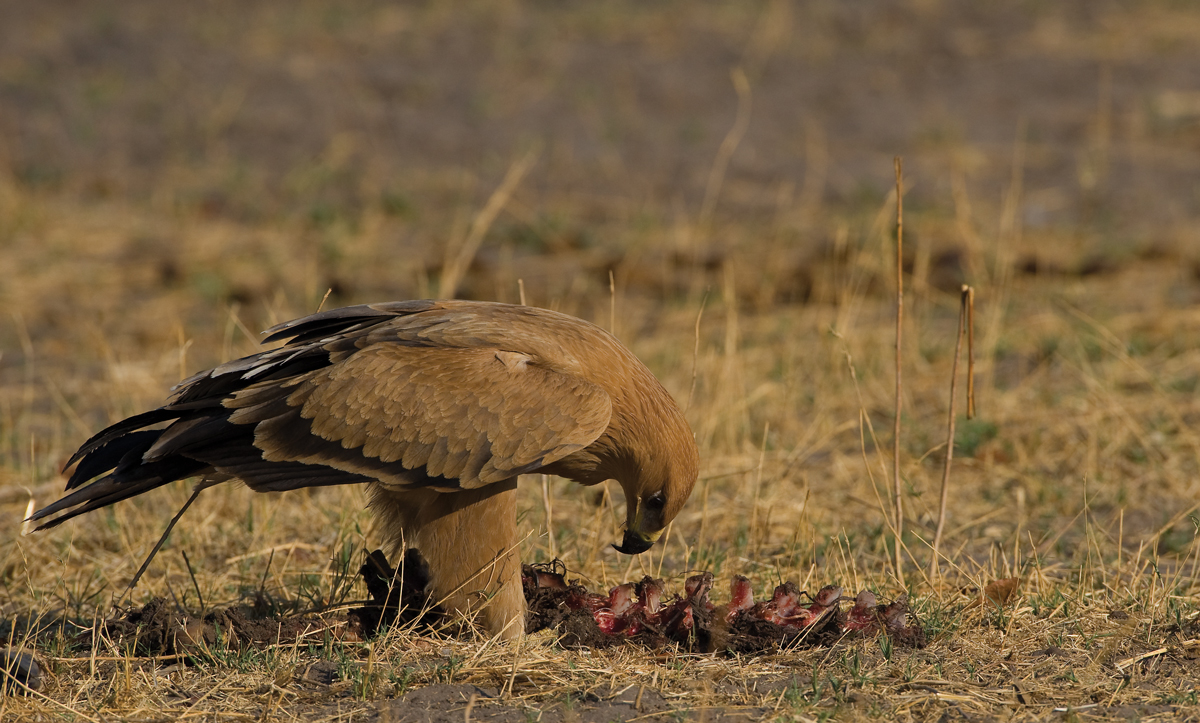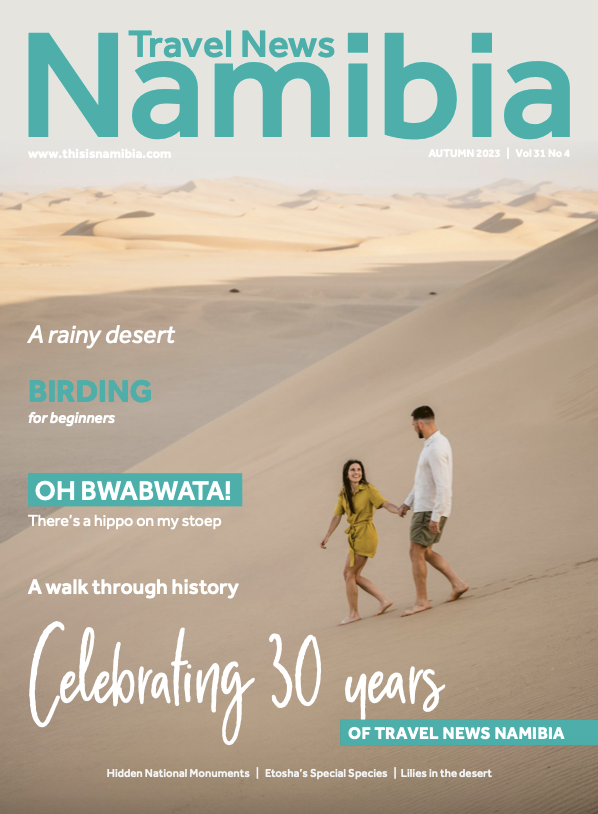

Beginner’s Luck Birding
The big dilemma in any birder’s book is the dreaded LBJ. This is one of the terms that you will come across during your first years of birding. In fact there are quite a few. A lifer is another, but we will get there in due time. Little brown jobs (LBJs) is the buzzword when the real fundi birders get together. My list of LBJs is still quite long. Some of them are not even that little and some are not brown, but all of them are tedious jobs. But do not despair. If you know all the birds by name and are able to mimic their call, know what they eat and how the male and female differ – what’s left? It is of the utmost importance to remember when you differentiate between a Lark and a Pipit that the one has longer tibias than the other, which one I am not sure.
Text & Photographs Pompie Burger
From the Autumn 2023 issue
Although raptors, think African Fish Eagle, are definitely my favourites, I still have so much trouble identifying some of these special bird species. The most challenging part of identifying raptors are immatures and juveniles. The brown raptors – there are quite a few – are one of my other challenges. Every time I see a raptor I start to dribble, hyperventilate, sweat, shake and eventually drop a few tears… the novelty is still unbearable. The Tit might be a new bird to my ever-growing tick list. I was sure about a few of them, with the picture to prove it, but my guru Steven Brain had to piepie on my battery by letting me know that I was unfortunately wrong. That is when he has his glasses on when identifying them for me.
One of the other options for starting your birding career is to join a bird club or get a bird guide to initiate and introduce you to this wonderful pastime, which will soon become an obsession. I am sure that some bird guides are indeed bird watchers! I must quote Bill Odie, a world renown birder, who said that “birders are selfish, snobbish and competitive”, and he said other rude things about them which are not allowed to be mentioned in a popular family magazine.
The self-taught option obviously has its handicaps. The positive side is that you can be with your loved one, and that your ticking list will quickly grow out of proportion and will contain some very interesting birds. The other good news is that there are indeed a few birds you will be able to identify without the help of a professional. Ostriches, mossies, doves and tarentale are, as a rule, not a problem. As you go along you can add to your ticking list other easy to identify birds like Carmine Bee-eaters, Fawn-collared Larks and Lark-like Buntings.
Once you get the hang of identifying birds my tip is to concentrate on a few important elements. Obviously you will concentrate on different things in different species. In Larks you need to measure their tibias. Raptors are a bit more difficult. The size, shape and colouring of the bill. The size of the head and colour of the eyes. When in flight look for the shape and width of the wings and the tail, and the colour of the underwings. Once you get the knack of the above, you can look at the leggings. Eagles for instance have feathers down to their feet, while all the other raptors do not. Luckily there are quite a few raptors that are unmistakable – like the Bateleur and, yes, the African Fish Eagle. Looking at the various species, you will quickly realise that in different groups of birds there are different things to look for to make identification easier.

Following all these simple but golden rules will help you to find and identify any bird in Namibia. Unfortunately that will only be after 20 to 30 years of experience, with good eyesight, good hearing, good bird books and binoculars.
Nocturnal (also a new term that I have learned along the way) birding is another exciting activity when you are a birder. Most of the owls are quite easy to identify. Seeing a nightjar is a different jar of tea. You can look for hours, try to examine one from up-close, use all your fancy books, and friends, and still not be able to say which of these beautiful agile little characters is which. Fortunately, you can almost immediately identify them by their respective call. Birds are wonderful musicians. No wonder so many of them can be identified by a blind person. By just listening to the call they will solve the riddle. Maybe God made LBJs and nightjars for people who cannot see, because they are much more equipped to tell which bird is calling, while we with perfect eyesight need to scratch through various bird books only to end up with just a few feathers in our hand.
One of my giant steps toward advancing my identification skills was when I realised that those funny little maps next to each bird description in bird books were there for a very good reason. If you find and identify a bird in a specific habitat where it should not be seen, or has not been seen previously, it is highly unlikely that your choice of bird from your book is correct. When going on a birding trip, look up what to expect in the area in your bird book beforehand. To finetune this even further, check in the text what habitat the bird you are looking for prefers. Migrants that occur in summertime are also an important indicator. If it is midwinter it is very unlikely that there will be European Bee-eaters flitting around.
You can make your birding trips even more rewarding by choosing the most suitable time for your birding efforts. Early morning is probably your best option, because most birds are at their most active. During the midday hours, when the sun is too hot, sit under a tree and look for the birds that choose to do their hunting and feeding in the shadow of trees. Birding in and around your camping spot or lodge will always be rewarding because of the availability of water and food. The birds are also less wary and easier to approach.
Following all these simple but golden rules will help you to find and identify any bird in Namibia. Unfortunately that will only be after 20 to 30 years of experience, with good eyesight, good hearing, good bird books and binoculars. Once you stop looking at a hippo, but rather focus on the Red-billed Oxpecker, you are almost set to become a real birder.







